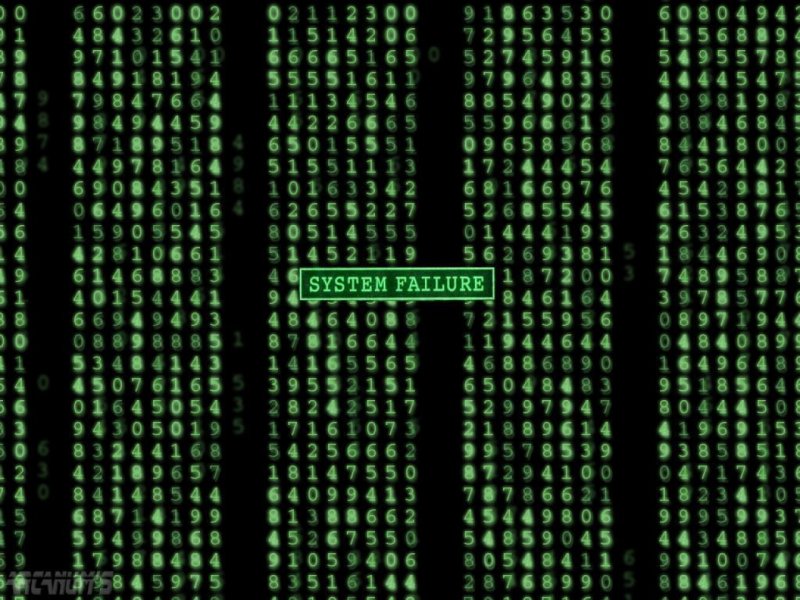 “Ten years after the iPhone first swept us off our feet,” writes David Sax in the New York Times, “the growing mistrust of computers in both our personal lives and the greater society we live in is inescapable.”
“Ten years after the iPhone first swept us off our feet,” writes David Sax in the New York Times, “the growing mistrust of computers in both our personal lives and the greater society we live in is inescapable.”
Sax notes the plethora of recent books on digital’s impact on our lives and our communities and its impact on every level of our politics and economics.
He cites recent studies that show our increased reluctance to share our personal information online and a general concern among millennials about the negative impact of social media on their mental health and happiness.
It’s a mess out there.
But as Sax notes, we aren’t about to delete our social accounts. They are, after all, how we stay connected to the people and places we care about. What we can do, he notes, is find the balance again.
“…and the best way to do that is with analog: the ying to digital’s yang,” he says.
Indeed, that analog world is alive and kicking. As Zeke Turner notes in the Wall Street Journal last week, book publishers are getting back to basics with their business models, as ebooks sales continue to drop and print books show growth.
Younger readers are delighting in print books, even as they are the acknowledged masters of all things tech.
“There is a very specific feeling of picking out a new book. Browsing through a bookstore is an experience that I live for, walking between the stacks in a physical bookstore, checking out the cover art, and absorbing the sheer volume of titles,” writes Joanna Ward in The Brock Press.
“It’s different than scrolling through Amazon for a Kindle title,” Ward continues. “In that world of digital titles and thumbnails of cover art it would be easy to miss those hidden gems that become your favourite.”
Overall, we are beginning to take a different look at analog, Sax writes.
“In a world of endless email chains, group chats, pop-up messages or endlessly tweaked documents and images, the walled garden of analog both saves time and inspires creativity,” he says.
Indeed, Ward notes, the physical aspect of sharing a favorite print book – complete with highlighting and marginalia — somehow means much more than emailing a digital file.
“The new reader doesn’t get your thoughts and feelings with the stark and sterile digital text,” she writes. “It’s sending it off like a like on Facebook, which as we all know amounts to basically nothing.”
As we come to terms with what digital can do for us, we begin to recognize – often with no small amount of horror – how we’ve let it become our master. Yes, the digital honeymoon is over, and it’s time to balance our lives again with a good, solid dose of analog.

November 29, 2017, 11:12 am
November 29, 2017, 12:58 pm